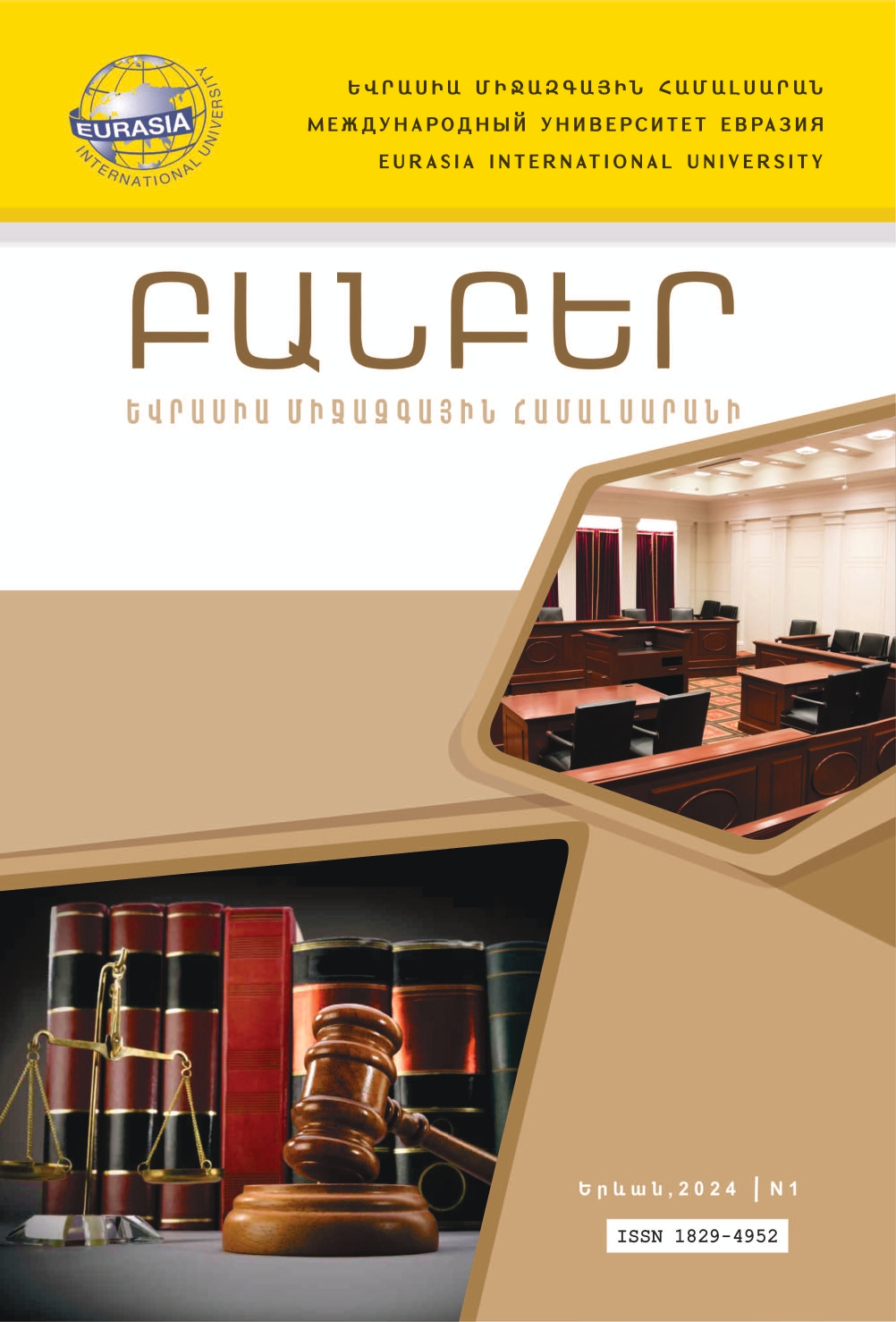ДВУСМЫСЛЕННОСТЬ В ДОКУМЕНТАХ МИНСКОЙ ГРУППЫ ОБСЕ (НА ПРИМЕРЕ НАГОРНО-КАРАБАХСКОГО КОНФЛИКТА)
Ключевые слова:
язык дипломатии, двусмысленность, Минская группа ОБСЕ, заявления, дипломатический дискурс, прагматическая двусмысленность.Аннотация
Двусмысленность в дипломатическом дискурсе является тактическим инструментом, который позволяет дипломатам управлять сложностями и тонкостями, присущими международным отношениям. Лингвистически, двусмысленность включает использование слов или выражений с несколькими значениями или интерпретациями, что позволяет дипломатам сохранять гибкость и избегать конфронтации. Однако, несмотря на то что двусмысленность способствует конструктивным отношениям между странами, возможность множественных интерпретаций также может привести к недопониманиям, конфликтам и предвзятости. Это исследование изучает роль двусмысленности в дипломатическом дискурсе, в частности использование двусмысленности как явления в заявлениях, сделанных Минской группой ОБСЕ по Нагорно-Карабахскому конфликту, чтобы выяснить, как разные виды двусмысленности (лексическая, синтаксическая, семантическая и прагматическая) используются в этих заявлениях и как они функционировали. В заключение, использование двусмысленного языка, первоначально предназначенного для поддержания диалога и избежания усиления напряженности, также может привести к множественным интерпретациям, особенно к восприятию предвзятости или недостаточной поддержки.
Загрузки
Опубликован
Как цитировать
Выпуск
Раздел
Лицензия
Copyright (c) 2024 Вестник Международного университета Евразия

Это произведение доступно по лицензии Creative Commons «Attribution-NonCommercial-NoDerivatives» («Атрибуция — Некоммерческое использование — Без производных произведений») 4.0 Всемирная.



